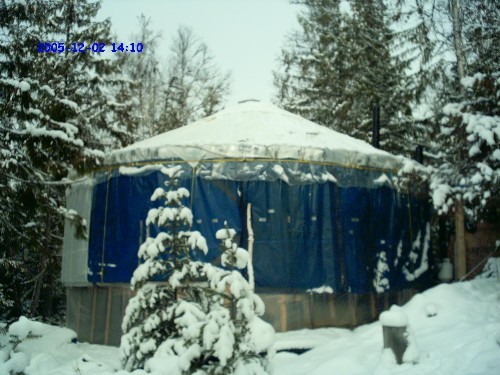I've started a new forum on this topic only because I did not want to bombard the focus of an existing topic.
First off, I hope to educate myself here, and maybe help other newcomers -like myself- collect opinions and information - who might be asking the same questions.
I am not making any claims... I am merely asking a question and I am curious what other experimenters have found.
I wonder what the relationship is, between the strength and quality of the spike created and the components chosen to do the job.
Out of ignorance, I may not be able to form my question using the best terms, so I will give some examples to help clarify my questions.
1. If you wished to have a good charging spike capable of doing a good job of charging the secondary battery... and ...
2. You also wished to consider the ability of the motor itself to provide sufficient torque, as well, to "do work"...
What components would provide a better work environment?
For example...
If your Bedini motor consisted of a reed switch control, would that provide a more thorough momentary connection, than what could be provided with an NPN, and therefore a cleaner large spike?
If you chose a large coil and heavy neodymium magnets, would it in fact be harder to start, but provide more torque once it ran?
Is it unreasonable to think that given a set up that provided maximum torque, that the turning commutator could be, in fact, be the input drive spindle of a DC generator instead of just a wheel bearing?
Or the output of a Dc motor for example (to use in reverse) (or better, perhaps a miniature permanent magnet 3 phase AC alternator) with a disc mounted and magnets on it's perimeter?
In other words, can you make some juice conventionally instead of blowing air with a fan?!
What relationship does the size of bifilar coil have , in all of this?
I have before me the basic SSG circuit with only two windings, and I ask these questions to myself. I am starting to understand the circuit, and now, I am curious about the makeup, you know? I basically get how it works, how the circuit flashes from side to side and what is accomplished... and now I wonder what would make it stronger.
I also do not understand what is involved in adding additional coils. I understand how they might be mounted, and I've seen additional coils in pictures, but I do not understand if they are powered, or, if they act more like collection coils by way of pure induction only.
Thanks.
First off, I hope to educate myself here, and maybe help other newcomers -like myself- collect opinions and information - who might be asking the same questions.
I am not making any claims... I am merely asking a question and I am curious what other experimenters have found.
I wonder what the relationship is, between the strength and quality of the spike created and the components chosen to do the job.
Out of ignorance, I may not be able to form my question using the best terms, so I will give some examples to help clarify my questions.
1. If you wished to have a good charging spike capable of doing a good job of charging the secondary battery... and ...
2. You also wished to consider the ability of the motor itself to provide sufficient torque, as well, to "do work"...
What components would provide a better work environment?
For example...
If your Bedini motor consisted of a reed switch control, would that provide a more thorough momentary connection, than what could be provided with an NPN, and therefore a cleaner large spike?
If you chose a large coil and heavy neodymium magnets, would it in fact be harder to start, but provide more torque once it ran?
Is it unreasonable to think that given a set up that provided maximum torque, that the turning commutator could be, in fact, be the input drive spindle of a DC generator instead of just a wheel bearing?
Or the output of a Dc motor for example (to use in reverse) (or better, perhaps a miniature permanent magnet 3 phase AC alternator) with a disc mounted and magnets on it's perimeter?
In other words, can you make some juice conventionally instead of blowing air with a fan?!
What relationship does the size of bifilar coil have , in all of this?
I have before me the basic SSG circuit with only two windings, and I ask these questions to myself. I am starting to understand the circuit, and now, I am curious about the makeup, you know? I basically get how it works, how the circuit flashes from side to side and what is accomplished... and now I wonder what would make it stronger.
I also do not understand what is involved in adding additional coils. I understand how they might be mounted, and I've seen additional coils in pictures, but I do not understand if they are powered, or, if they act more like collection coils by way of pure induction only.
Thanks.
 Unfortunately ... I am not an entirely scientific person, but given the fact that no matter who i listen to... there does not seem to be a clear and simple and easy way to measure output on these devices... I've even heard John say that.
Unfortunately ... I am not an entirely scientific person, but given the fact that no matter who i listen to... there does not seem to be a clear and simple and easy way to measure output on these devices... I've even heard John say that. 
Comment